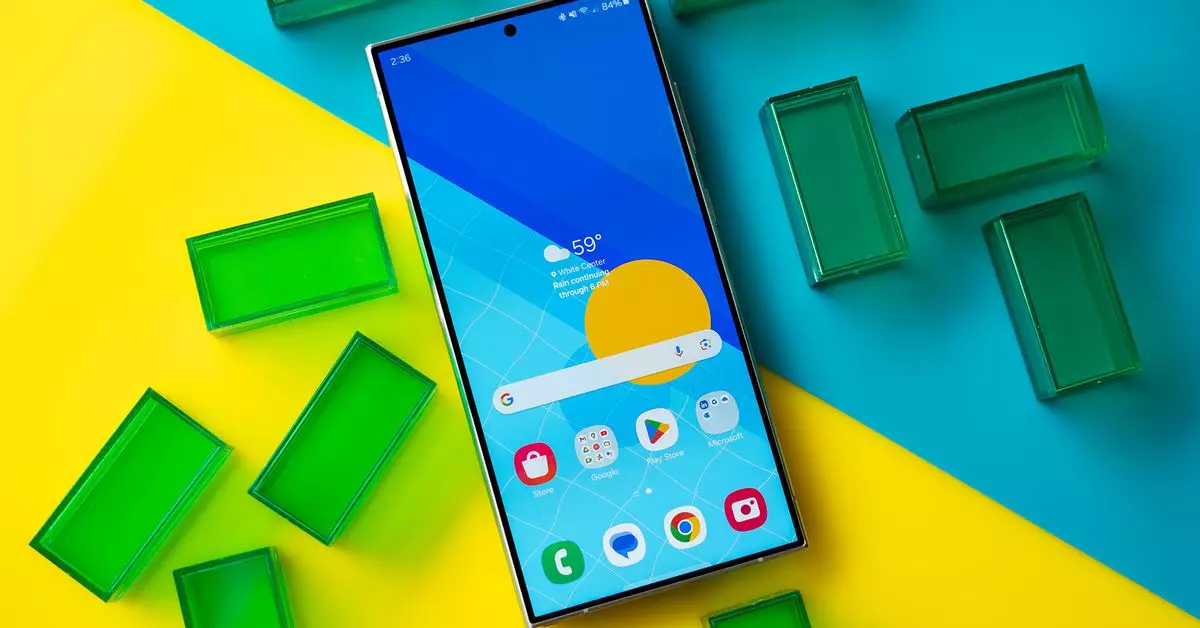As we dive into the shopping extravaganza known as Cyber Monday, we find ourselves amid a transformation that transcends the confines of a single day on the calendar. This shift is propelling retailers to adapt to a more fluid shopping experience, with deals rolling out earlier and lasting longer than ever before. In this analysis, we’ll explore what this means for consumers, particularly in the realm of technology and mobile devices.
Originally designated as a day for online shopping deals following Black Friday, Cyber Monday has morphed into more of a shopping ethos rather than a fixed date. The absence of traditional boundaries means we’re experiencing a ‘vibe-based’ shopping culture that invites people to hunt for deals whenever they feel inspired. With Thanksgiving this year arriving later in the month, retailers have capitalized on the elongated holiday period, creating an environment where consumers are enticed to shop for discounts on smartphones and accessories well into the week.
This shift signals a departure from conventional shopping behavior and reflects changing consumer habits. It’s no longer just about securing the best deal on a specific day; instead, shoppers are taking advantage of ongoing sales that extend beyond the weekend, creating a seamless shopping experience that is as dynamic as the holiday season itself.
The tech industry, particularly mobile devices, is at the forefront of this new shopping trend. With a plethora of devices currently available, consumers are confronted with a myriad of choices. The latest iteration of Apple’s AirPods Pro illustrates the continuous innovation in mobile accessories. The second-generation model boasts considerable advancements, such as enhanced noise cancellation, improved sound quality, and the convenience of onboard volume controls. Moreover, their transition to a USB-C charging case reflects the tech community’s broader shift towards universal charging solutions.
Similarly, companies such as Moft have also embraced this trend, offering discounts on practical accessories like their phone stand/wallet. These products cater to the modern mobile user’s need for versatility and style—a necessity in today’s fast-paced world.
The competition among retailers remains fierce as they vie for consumer attention. Major platforms like Amazon, Target, and Best Buy are offering significant discounts on popular items, making it easier than ever to find deals worth exploring. For instance, Apple’s 20W USB-C charging brick, usually priced higher, is now at a modest discount, making it a reasonable addition to a shopping cart that is already filled with other tech gadgets.
Additionally, brands such as Verizon and AT&T are enticing consumers with substantial trade-in offers for premium devices like the iPhone 16 Pro series, effectively lowering the entry price for cost-conscious buyers. This approach not only boosts sales but also encourages users to upgrade their devices, thus fueling ongoing technological advancement.
The latest offerings from tech giants like Samsung and Google also deserve attention. The Samsung Galaxy S24 Ultra stands as a remarkable gadget, revered for its stunning display and diverse camera functionalities. Meanwhile, Google’s latest Pixel phones showcase a slightly larger OLED display and upgraded internal specs, proving that innovation continues unabated even in a market that seems saturated.
Equally noteworthy is Motorola’s 2024 Razr Plus, which has garnered praise for its design enhancements and user interface improvements. The inclusion of substantial security updates guarantees that these devices will remain viable investments for the foreseeable future, appealing to those who are wary of rapid technological obsolescence.
The surge of promotional offers during this extended shopping season poses its own set of challenges, compelling consumers to remain vigilant as they navigate their purchasing decisions. Many discounts can overshadow critical evaluations of device capabilities. While deals may lure consumers in, it is essential to conduct due diligence; examining specifications, reading expert reviews, and understanding both short- and long-term usage are crucial steps in ensuring satisfaction with purchases.
The evolving landscape of Cyber Monday illustrates how shopping has become interwoven with daily life, enabling consumers to benefit from discounts without the rigid constraints of before. As we embrace this vibe-driven shopping experience, we can expect it to further change how we engage with technology and consumerism.
The convergence of deals lasting beyond a traditional shopping day, combined with exciting new technology, offers unparalleled opportunities for consumers. However, it is vital to remain discerning and prioritize genuine value in a sea of options.

